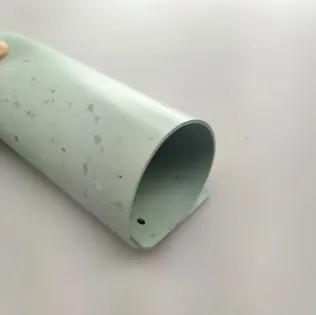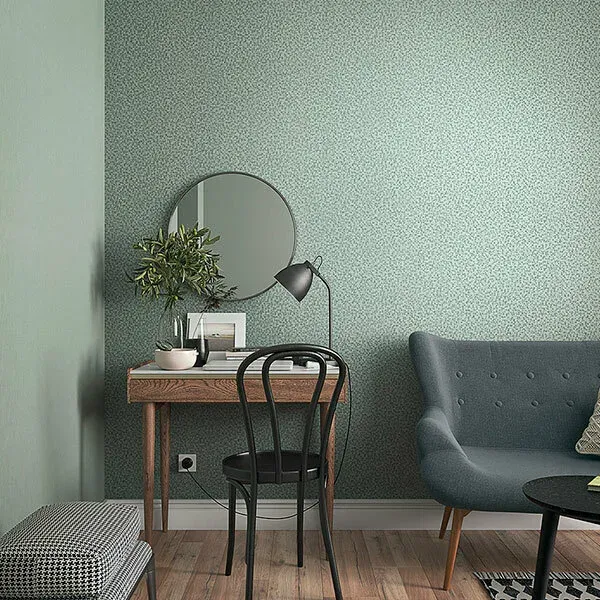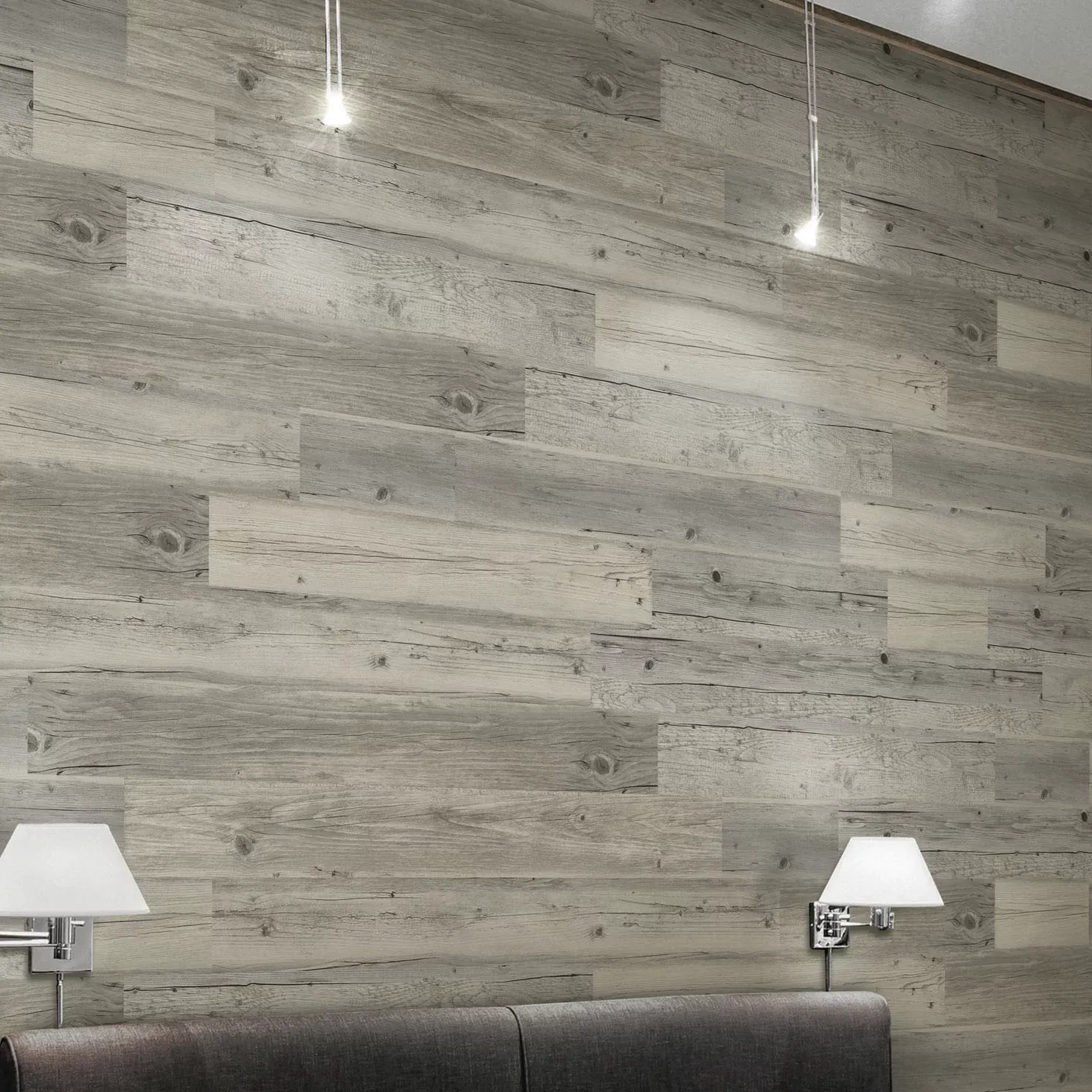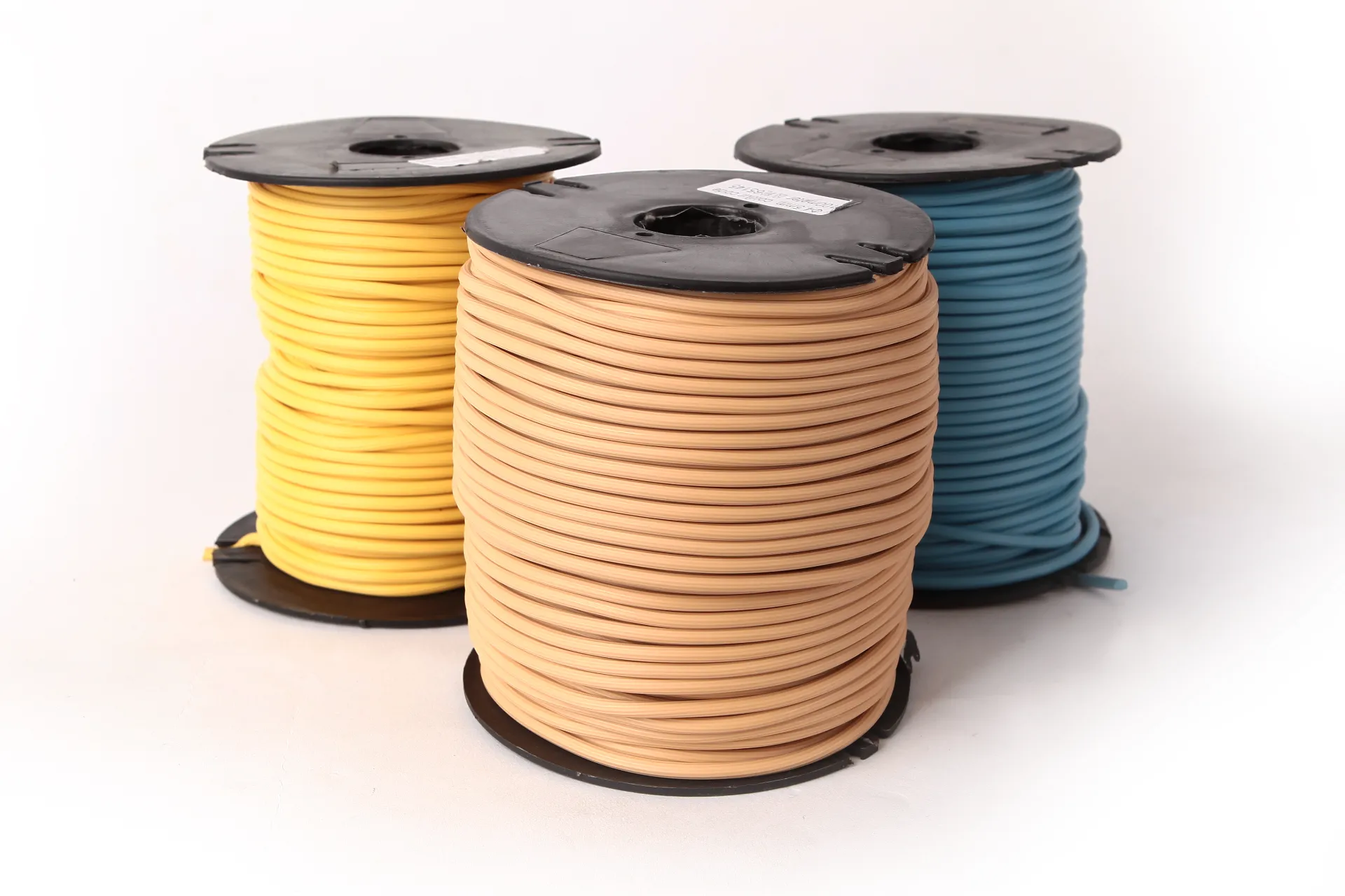
- Afrikaans
- Albanian
- Amharic
- Arabic
- Armenian
- Azerbaijani
- Basque
- Belarusian
- Bengali
- Bosnian
- Bulgarian
- Catalan
- Cebuano
- Corsican
- Croatian
- Czech
- Danish
- Dutch
- English
- Esperanto
- Estonian
- Finnish
- French
- Frisian
- Galician
- Georgian
- German
- Greek
- Gujarati
- Haitian Creole
- hausa
- hawaiian
- Hebrew
- Hindi
- Miao
- Hungarian
- Icelandic
- igbo
- Indonesian
- irish
- Italian
- Japanese
- Javanese
- Kannada
- kazakh
- Khmer
- Rwandese
- Korean
- Kurdish
- Kyrgyz
- Lao
- Latin
- Latvian
- Lithuanian
- Luxembourgish
- Macedonian
- Malgashi
- Malay
- Malayalam
- Maltese
- Maori
- Marathi
- Mongolian
- Myanmar
- Nepali
- Norwegian
- Norwegian
- Occitan
- Pashto
- Persian
- Polish
- Portuguese
- Punjabi
- Romanian
- Russian
- Samoan
- Scottish Gaelic
- Serbian
- Sesotho
- Shona
- Sindhi
- Sinhala
- Slovak
- Slovenian
- Somali
- Spanish
- Sundanese
- Swahili
- Swedish
- Tagalog
- Tajik
- Tamil
- Tatar
- Telugu
- Thai
- Turkish
- Turkmen
- Ukrainian
- Urdu
- Uighur
- Uzbek
- Vietnamese
- Welsh
- Bantu
- Yiddish
- Yoruba
- Zulu
Ang Pinakabagong Trend sa Commercial Flooring: Sustainability at Durability
In today’s fast-evolving commercial space, businesses are increasingly focusing on flooring solutions that not only enhance the aesthetic appeal of their environments but also offer practical benefits like sustainability, durability, and low maintenance. As organizations prioritize environmentally responsible practices and long-term cost-effectiveness, the demand for flooring materials that meet these criteria has surged. Here’s a closer look at the latest trends in komersyal na sahig, na itinatampok ang sustainability at tibay bilang pangunahing pagsasaalang-alang para sa mga negosyo.

Sustainable Flooring Materials: Isang Lumalagong Demand Tungkol sa Komersyal na Sahig
Habang ang sustainability ay nagiging pangunahing pokus sa iba't ibang industriya, komersyal na sahig ng opisina ang mga opsyon ay nakakakita ng makabuluhang pagbabago tungo sa eco-friendly na mga solusyon. Pinipili ng mga negosyo ang mga materyales na responsableng pinanggalingan, binabawasan ang mga carbon footprint, at nag-aalok ng kakayahang ma-recycle sa pagtatapos ng kanilang ikot ng buhay.
One of the top choices in sustainable flooring is recycled content flooring. This includes options like recycled rubber flooring, which is made from discarded tires, and recycled vinyl flooring. These materials help reduce waste while providing a durable surface suitable for high-traffic areas. In addition to recycling old materials, many manufacturers are now using biodegradable and renewable resources such as bamboo, cork, and linoleum. These natural materials not only provide a sustainable flooring solution but also bring a unique aesthetic to commercial spaces, making them ideal for office buildings, retail stores, and hospitality environments.
The trend toward sustainability also extends to the use of low-VOC (volatile organic compound) products. Low-VOC flooring options, such as water-based finishes and non-toxic adhesives, have gained popularity due to their ability to improve indoor air quality and contribute to healthier work environments. For businesses that prioritize eco-friendly practices, these sustainable choices align well with their broader environmental goals.
Durability: Isang Pangunahing Priyoridad para sa Mga Lugar na Mataas ang Trapiko Tungkol sa Komersyal na Sahig
Sa anumang komersyal na setting, komersyal na vct flooring needs to stand up to heavy use, particularly in high-traffic areas such as offices, retail stores, hospitals, and schools. The latest trends in commercial flooring emphasize the importance of durability to withstand wear and tear while maintaining a professional appearance over time.
Luxury vinyl tiles (LVT) and vinyl composition tiles (VCT) have become go-to solutions for businesses in need of both durability and style. These products are engineered to resist scratches, stains, and scuffs, making them perfect for environments where floors are subjected to constant foot traffic. LVT, in particular, offers the added benefit of resembling hardwood or stone, offering the aesthetic appeal of premium materials without the high price tag or upkeep.
Ang isa pang matibay na opsyon ay ang rubber flooring, na malawakang ginagamit sa mga gym, pasilidad ng pangangalagang pangkalusugan, at mga institusyong pang-edukasyon. Ang mga sahig na goma ay nagbibigay ng mahusay na panlaban sa impact, abrasion, at moisture. Ginagawa nitong angkop ang mga ito para sa mga kapaligiran kung saan ginagamit ang mabibigat na kagamitan o makinarya, pati na rin ang mga lugar na nangangailangan ng slip resistance para sa kaligtasan. Bukod pa rito, ang rubber flooring ay medyo madaling mapanatili, na nangangailangan lamang ng regular na paglilinis upang panatilihin itong mukhang bago.
Ang tile flooring, lalo na ang porselana at ceramic, ay patuloy na nagiging pangunahing pagkain para sa mga negosyong naghahanap ng tibay. Kilala sa pagiging matigas ang suot nito, ang tile ay lumalaban sa pagkasira ng tubig, paglamlam, at mga gasgas, kaya perpekto ito para sa mga lugar tulad ng mga restaurant, retail na tindahan, at kahit na mga medikal na pasilidad.
Hybrid Flooring Solutions: Pinagsasama ang Sustainability at Durability Tungkol sa Komersyal na Sahig
In recent years, hybrid flooring solutions have emerged as a popular choice, combining the best of both worlds: sustainability and durability. These floors integrate multiple materials to enhance performance while keeping environmental impact in check.
Ang isa sa gayong solusyon ay ang cork-based na sahig, na pinagsasama ang mga likas na katangian ng cork sa iba pang napapanatiling materyales upang lumikha ng isang matatag na ibabaw na lumalaban sa pagsusuot. Ang cork ay natural na nababago, magaan, at nag-aalok ng mahusay na thermal at acoustic properties, na ginagawa itong perpekto para sa mga opisina at espasyo na nangangailangan ng pagbabawas ng ingay.
Ang isa pang hybrid na uso ay ang sahig na kawayan. Ang Bamboo ay isa sa pinakamabilis na lumalagong mga halaman, na ginagawa itong isang mahusay na nababagong mapagkukunan para sa sahig. Ito rin ay lubos na matibay at may makinis, modernong hitsura na mahusay na gumagana sa mga kontemporaryong disenyo ng opisina. Ang mga sahig na kawayan ay hindi lamang sustainable ngunit nag-aalok din ng kahanga-hangang tibay, kadalasang lumalampas sa tradisyonal na mga opsyon sa hardwood.
Mababang Pagpapanatili at Pangmatagalang Pagkabisa sa Gastos Tungkol sa Komersyal na Sahig
A key factor driving the trend toward sustainable and durable flooring is the growing emphasis on low-maintenance solutions. For businesses, reducing maintenance time and costs is crucial, particularly for high-traffic environments. Flooring that requires minimal upkeep, such as polished concrete or epoxy flooring, continues to gain popularity. These materials are easy to clean and maintain, and they can last for decades when properly cared for.
Concrete flooring, especially when polished or treated with a protective sealant, provides a sleek and durable surface that can withstand significant wear. It is also resistant to stains, spills, and scratches, which makes it a long-term investment for commercial spaces. Moreover, concrete’s energy efficiency—thanks to its ability to absorb and retain heat—can reduce heating and cooling costs, adding to its long-term cost-effectiveness.
Flooring Innovation: Smart Flooring Solutions Tungkol sa Komersyal na Sahig
Beyond traditional sustainable and durable materials, smart flooring solutions are making waves in the commercial sector. These innovative products combine advanced technology with high-performance materials to deliver both functionality and environmental benefits.
For example, smart flooring systems equipped with sensors can track foot traffic, detect wear patterns, and even adjust the temperature of the floor to improve energy efficiency. This technology allows businesses to monitor the condition of their floors, optimize maintenance schedules, and reduce long-term costs. Smart flooring is especially beneficial in commercial buildings, where optimizing energy use and maintaining floor integrity is crucial.
-
Masking Tape: Clean Removal, Precision Lines, Pro-GradeNov.10,2025
-
Skirting: MDF, Oak & SPC | Durable, Easy-FitNov.10,2025
-
Commercial VCT Tile Flooring – Durable, Low-MaintenanceNov.10,2025
-
LVT Vinyl Floors – Waterproof, Scratch‑Resistant, Easy ClickNov.10,2025
-
Masking Tape - Pro-Grade, Clean Removal, Crisp LinesNov.10,2025
-
Premium Masking Tape - Sharp Lines, Clean RemovalNov.10,2025



